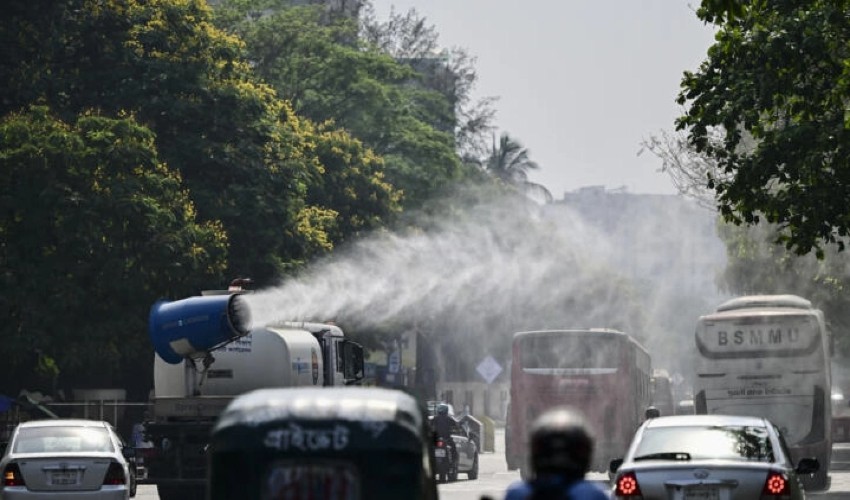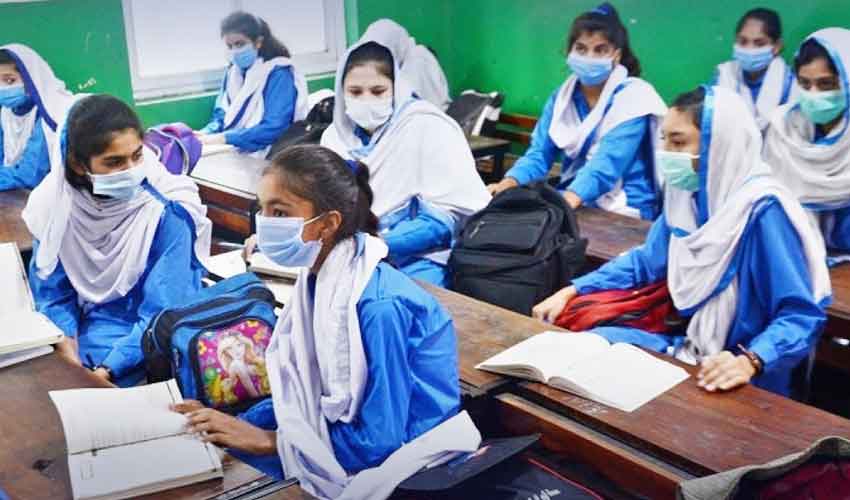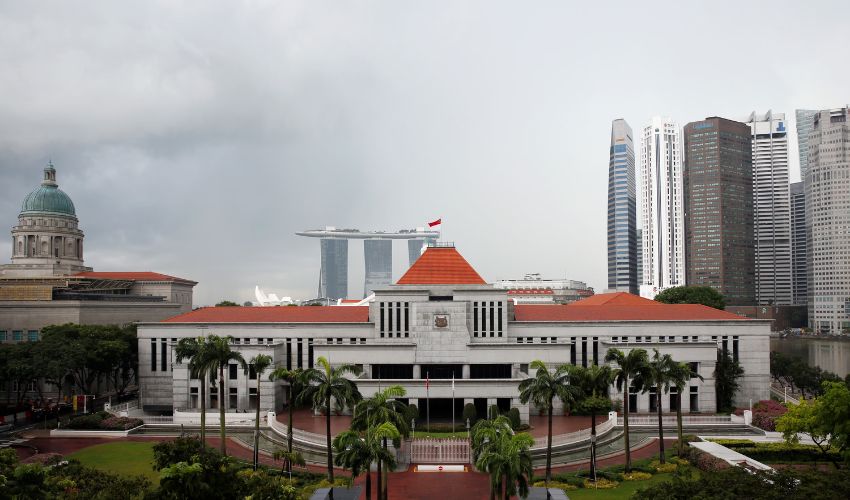Last month marked the hottest April ever recorded, as the nation and its neighboring regions continue to endure an oppressive heatwave, according to the Bangladesh weather bureau.
According to details, the extensive scientific studies have unequivocally linked climate change to the lengthening, increasing frequency, and intensification of heatwaves.
The scorching heat in April forced the Bangladesh government to shut down schools nationwide, affecting an estimated 32 million students.
Muhammad Abul Kalam Mallik, a senior forecaster at the Bangladesh Meteorological Department, expressed astonishment at the unprecedented heatwave, covering approximately 80 percent of the country. He noted that April witnessed the highest temperatures since records began in 1948, both in terms of temperature highs and the geographical expanse affected.
Temperatures recorded at various weather stations across Bangladesh surpassed the 33.2 degrees Celsius (91.8 degrees Fahrenheit) average for April between 1981 and 2010 by two to eight degrees.
The heatwave's toll included at least 11 heat stroke-related deaths in the past ten days, confirmed by the health department.
Relief from the sweltering conditions is anticipated with the onset of rains from Thursday, following a week of blistering heat, during which Dhaka saw temperatures soar over 40C (104F).
Mallik attributed the severity of the heat to the absence of typical pre-monsoon thunderstorms in April, which usually provide respite.
The Bureau is investigating whether this April saw record-low rainfall, as schools remain closed until Sunday due to the heatwave.
Thousands gathered in mosques and open spaces across Bangladesh, praying for rain and lamenting the unbearable conditions exacerbated by the prolonged dry spell.
The heatwave extends across South and Southeast Asia, breaking temperature records from Myanmar to the Philippines, with the El Nino phenomenon exacerbating this year's unusually warm weather.
Weather agencies in Cambodia, Myanmar, Vietnam, and India are all projecting temperatures exceeding 40C (104F).
The months preceding the monsoon season typically bring heat, but this year's temperatures are notably higher than average across many countries.
Asia's warming trend surpasses the global average, as reported by the World Meteorological Organization, highlighting the urgent need for climate action.



























